Introduction
In today’s interconnected digital world, controlling access to sensitive resources is essential. Identity and Access Management (IAM) platforms are a cornerstone of effective cybersecurity, ensuring that only the right people, devices, and applications have access to critical data. At [Your Company Name], we use IAM solutions to manage, monitor, and secure access, reinforcing the protections required by the NIST Cybersecurity Framework and helping your organization meet security best practices.
What is Identity and Access Management (IAM)?
IAM is a framework of policies, tools, and processes that enable organizations to manage digital identities and control access to resources. An IAM platform streamlines and secures user authentication, authorization, and permissions across systems, applications, and data. IAM platforms work by verifying a user’s identity before granting access to specific resources, helping prevent unauthorized access and potential data breaches.
How IAM Aligns with the NIST Cybersecurity Framework
The NIST Cybersecurity Framework emphasizes access control and data protection within its Protect function. IAM platforms help organizations implement these controls by enabling robust authentication, authorization, and accountability mechanisms. Here’s how IAM supports NIST standards:
- Access Control
IAM platforms enforce role-based and attribute-based access control, ensuring that users have access only to the resources they need. This is essential to the Protect function within the NIST framework, as it limits the risk of unauthorized access. - Identity Authentication and Verification
IAM systems verify user identities through secure authentication methods like multi-factor authentication (MFA) or biometrics. This alignment with the NIST framework strengthens security by preventing unauthorized access. - Audit and Accountability
IAM platforms enable organizations to track access patterns and monitor login activities, providing detailed audit logs for accountability and compliance. These audit logs are crucial for the Respond function of the NIST framework, helping organizations investigate and respond to potential security incidents.
Key Features of IAM Platforms
- Single Sign-On (SSO): SSO allows users to authenticate once and access multiple applications and systems. This streamlines user experience and reduces password fatigue, enhancing both security and productivity.
- Multi-Factor Authentication (MFA): MFA adds a layer of security by requiring users to provide additional verification beyond a password, such as a code from a mobile app or a fingerprint. This reduces the risk of unauthorized access.
- User Provisioning and Lifecycle Management: IAM platforms automate the process of granting, adjusting, or revoking user access, ensuring that access rights align with each user’s current role within the organization.
- Role-Based Access Control (RBAC): With RBAC, users are assigned roles with specific permissions based on their job responsibilities. This allows for granular control over who can access particular resources.
- Compliance and Reporting: IAM platforms generate compliance reports and detailed activity logs, helping organizations meet regulatory requirements, track user activities, and demonstrate adherence to security standards.
Benefits of Using an IAM Platform
- Enhanced Security
By controlling and monitoring who can access sensitive data and systems, IAM platforms reduce the risk of data breaches and unauthorized access. - Improved User Experience
Features like SSO and automated provisioning make it easier for employees to access resources securely, increasing productivity while maintaining strong security standards. - Streamlined Compliance
IAM platforms simplify the process of meeting compliance requirements for frameworks like NIST, ISO, and HIPAA, making it easier for organizations to adhere to industry regulations and standards. - Reduced Risk of Insider Threats
IAM systems provide comprehensive access controls and monitoring, reducing the likelihood of both accidental and intentional insider threats.
Choosing the Right IAM Platform for Your Organization
When selecting an IAM platform, consider your organization’s specific needs, including the size of your user base, the types of data you need to protect, and any regulatory requirements. Popular IAM solutions include Okta, Microsoft Azure Active Directory, and Ping Identity, each offering a suite of tools to address different security needs.
IAM platforms can integrate with your existing systems, providing centralized access management, reducing complexity, and enhancing your overall security posture.








